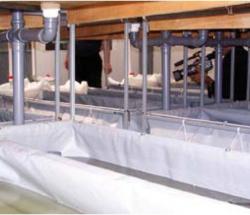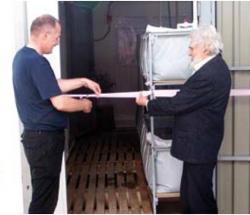| Brief description |
Development of scientific-technical support for the reproduction of fish stocks in the cross-border waters between Lithuania and the Russian Federation
|
|---|---|
| Region | External EU borders |
| Countries | Lithuania (LT) – Russian Federation (RU) |
| Location | LT: Curonian lagoon (northern end), Lake Vištytis
RU: Curonian lagoon (southern end), Kalliningrad Oblast The rivers Nemunas and Šešupė (common to Lithuania and Russia) |
| Type of project partners | Regional government units Educational institutions |
| Size (total budget including EU grants) | € 200,000 to € 500,000 |
| Main themes | Research, technological development, innovation and ICT Agriculture and rural development |
| Keywords (Types of Activities) | Education and training Research and studies |
| Keywords (Aspects of Good Practice) | Genuine cross-border dimension Genuine cross-border impact Innovative |



